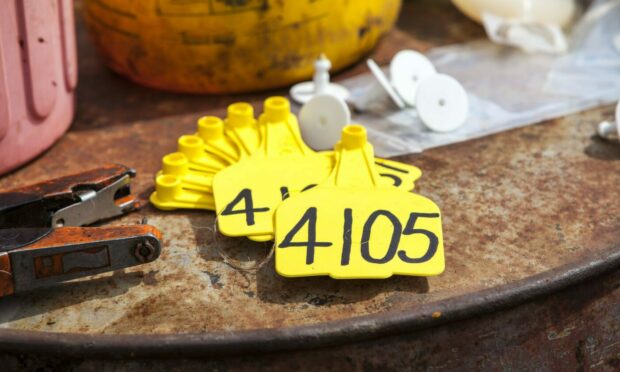A consultation has finally been launched on cattle identification and traceability in Scotland with a focus on bovine electronic identification (EID).
To date, the governemnt has supported and funded an industry-led bovine EID pilot focusing on the potential use of ultra-high frequency (UHF) technology across Scotland.
The government says this consultation seeks views on use of bovine EID in Scotland, including whether its use should be made mandatory, and how new rules can be best introduced.
This will focus on the following industry proposals: to require that all newborn cattle are identified with electronic ear tags, and a transition of the ‘historical herd’ to EID (the historical herd are cattle that have already been tagged under existing identification rules).
The government is seeking respondents’ views on a number of other wider proposals in relation to the cattle identification regime.
These are in relation to the following: the use of a fully online holding register for all cattle births, deaths and movements (a partial online holding register currently exists for within business movements), reporting and recording timescales, and the removal of paper cattle passports for EID identified animals.
Anyone may respond to this consultation and can do by visiting
https://consult.gov.scot/agriculture-and-rural-economy/cattle-identification-and-traceability/
.
The Scottish Government would particularly like to hear from cattle keepers, markets, abattoirs, Scottish local authorities and other industry bodies and representatives.
The consultation closes on June 27.
